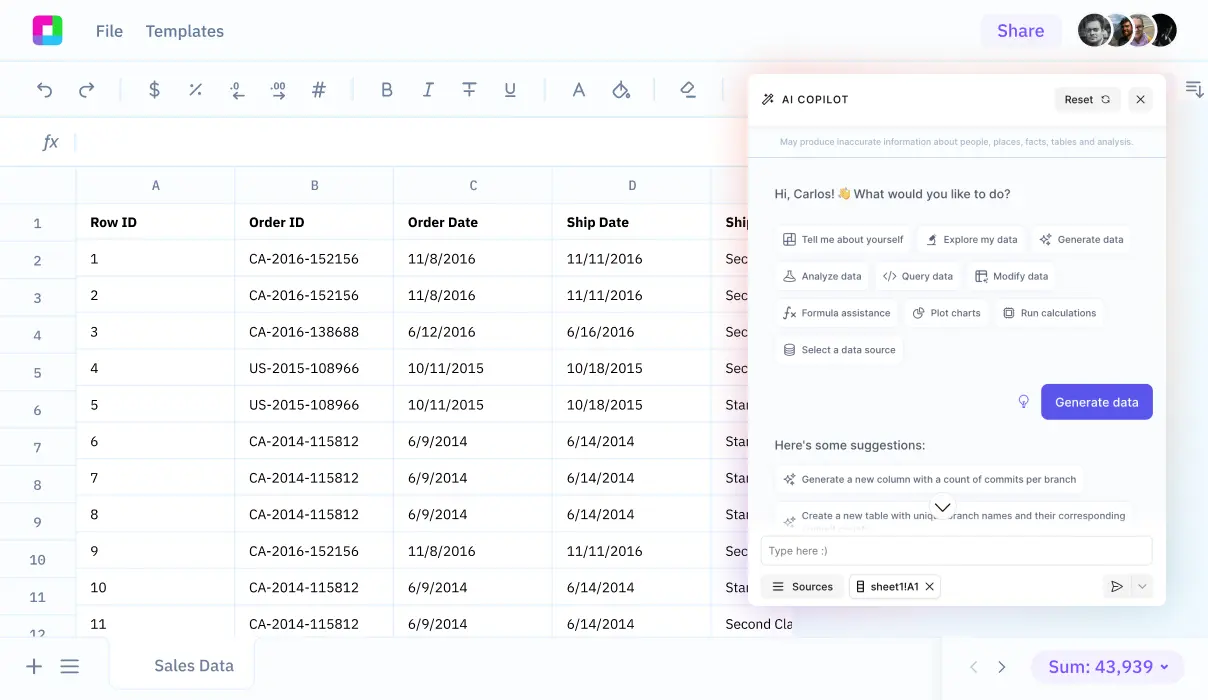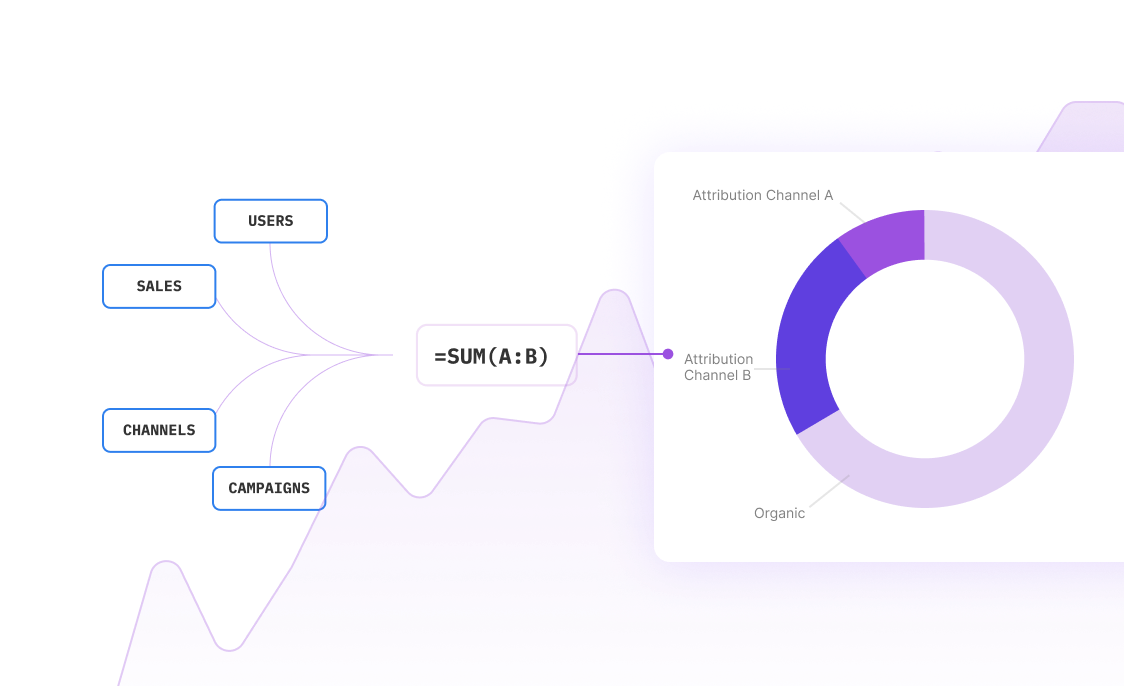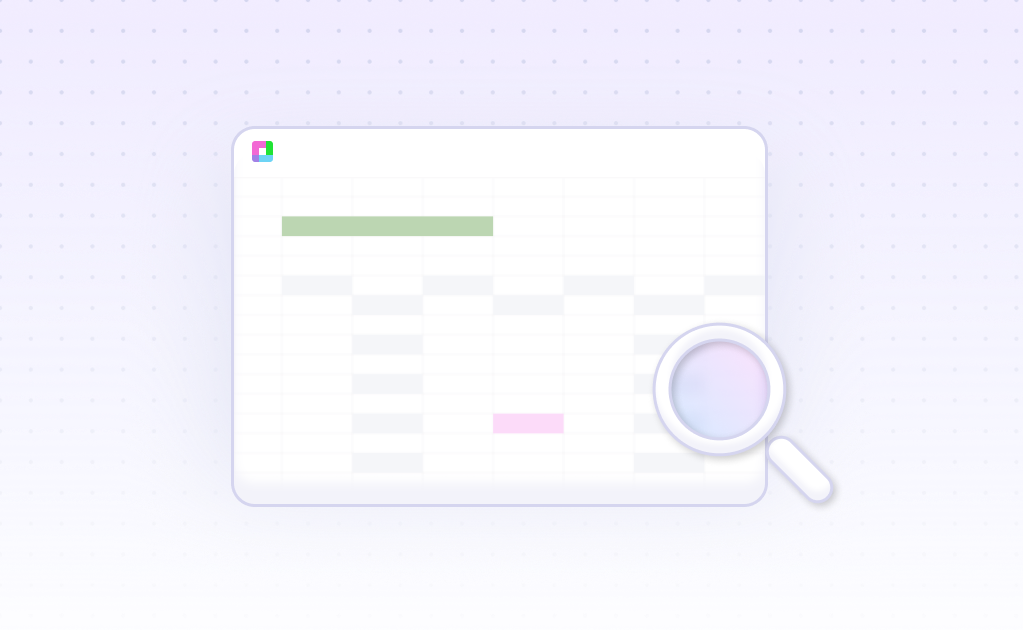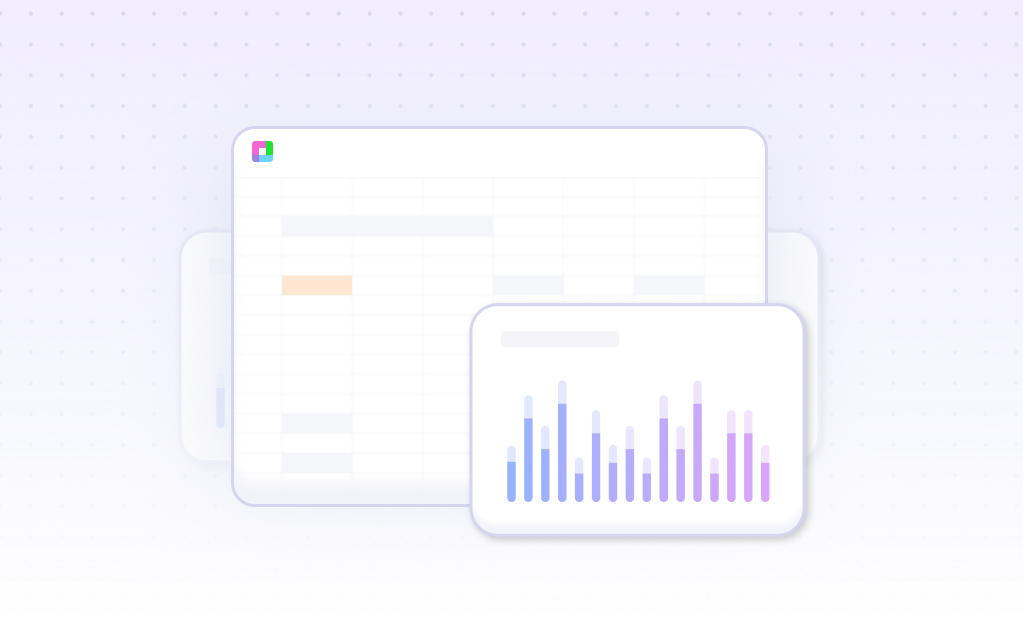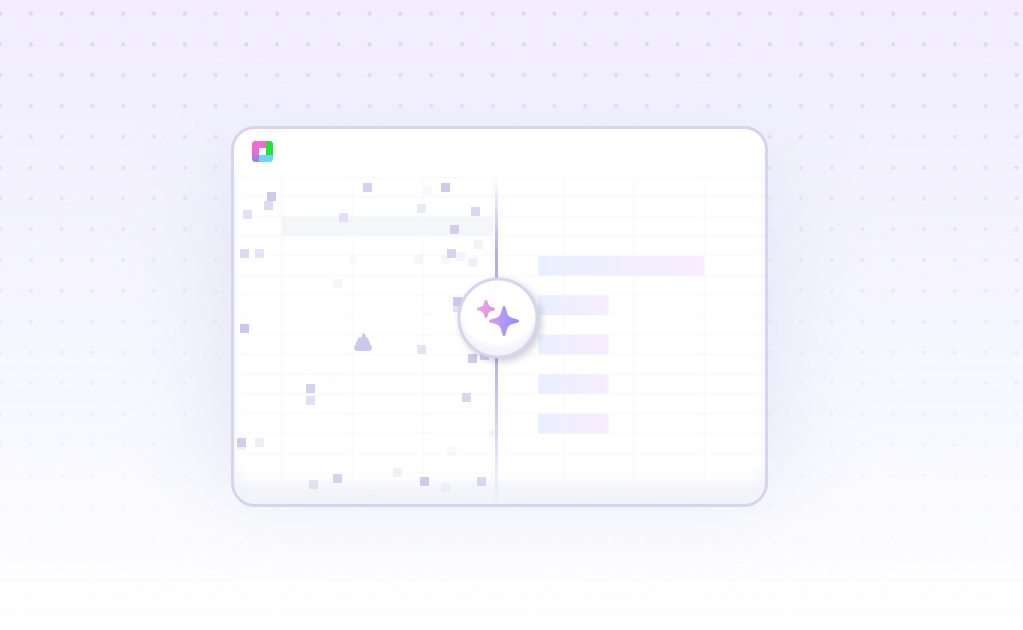
Introduction
Benchmarking analysis helps organizations measure performance against competitors and industry standards. Traditional methods using Excel offer basic functionality through dedicated competitor sheets or criteria-based comparisons. While Excel provides free options for weighting and graphic rendering, it falls short with visual benchmarks and screenshots.
Modern AI spreadsheet tools are revolutionizing benchmarking analysis. These tools combine machine learning capabilities with familiar spreadsheet interfaces to predict benchmark stability, analyze source code features, and generate comprehensive performance metrics. Tools like Sourcetable utilize sophisticated algorithms, including Random Forest models and static code analysis, to deliver more accurate and efficient benchmarking results.
Sourcetable stands out by using 58 unique source code features to predict benchmark stability and performance. It employs advanced techniques like RCIW measurement, bootstrap sampling, and machine learning classification to ensure reliable benchmarking results. Learn how to transform your benchmarking analysis with Sourcetable's AI-powered features at sourcetable.com/signup.
Why Sourcetable Is Superior for Benchmarking Analysis
Sourcetable revolutionizes benchmarking analysis by combining Excel's familiar spreadsheet interface with powerful AI capabilities. Its cloud-based architecture processes compute-intensive calculations instantly, dramatically outperforming Excel's local processing.
Advanced Data Processing Capabilities
Unlike Excel, Sourcetable seamlessly connects to any CSV file or database using LLMs, enabling natural language queries and automatic SQL generation. The platform's 500+ formulas and functions match Excel's capabilities while adding sophisticated vector queries and multi-dimensional transformations using 3D and 4D data types.
AI-Powered Analysis
Sourcetable's AI integration automates data entry, performs complex calculations, and generates accurate forecasts. Users can interact with their data through natural language, creating visualizations and reports without manual formula construction. This AI assistance significantly reduces error rates and improves analysis efficiency.
Enterprise-Ready Features
Like Excel, Sourcetable offers essential enterprise features including audit trails, multi-user collaboration, and customizable templates. However, Sourcetable's cloud-native architecture enables real-time collaboration and instant processing of large datasets, making it superior for team-based benchmarking projects.
Benefits of Benchmarking Analysis with Sourcetable
Benchmarking analysis helps businesses continuously improve operations, understand effective practices, and reduce costs through increased efficiency. By analyzing competitor practices, companies can adopt and enhance their strategies while focusing on customer satisfaction and loyalty-building initiatives.
Why Choose Sourcetable Over Excel
Sourcetable offers advantages over traditional Excel spreadsheets through its no-code calculator creation and extensive tool integration capabilities. The platform seamlessly connects with essential business tools like Google Sheets, Ahrefs, and HubSpot, while providing advanced features such as analytics, audit trails, and multi-user collaboration.
AI-Powered Data Analysis
Through ChatGPT integration, Sourcetable enables powerful data manipulation using the =AI function. Users can generate marketing materials, including AdWords keywords, ad copy, and Facebook campaign structures. The platform excels at text summarization, categorization, and data cleansing, making it invaluable for both marketing professionals and researchers.
Types of Benchmarking Analysis with AI-Powered Spreadsheets
AI-powered spreadsheets enhance benchmarking analysis by automatically generating reports, presentations, charts, and visuals from your data. These tools dynamically adjust benchmark lines as data updates, improving analysis quality through quick identification of relevant benchmarks.
Internal Benchmarking
Compare metrics and practices across different units, departments, and geographies within your organization. This analysis helps identify internal performance gaps and opportunities for operational improvement.
External Benchmarking
Evaluate your organization's performance against competitors by comparing metrics and practices. This analysis enables adoption of successful competitor strategies and helps reduce operational costs through increased efficiency.
Performance Benchmarking
Gather and analyze quantitative data to identify performance gaps. This initial benchmarking step provides concrete metrics for comparison and improvement tracking.
Practice Benchmarking
Examine qualitative information about processes, people, and technology to understand how activities are conducted. This analysis reveals the root causes of performance gaps and identifies best practices for implementation across the organization.
Sourcetable Benchmarking Use Cases
Large-Scale CSV Analysis |
Process and analyze multi-gigabit CSV files with instant cloud compute capabilities. Compare performance metrics across departments using AI-powered benchmark lines that automatically update as data changes. |
3D/4D Data Visualization |
Perform vector queries and spatial transformations on complex 3D and 4D datasets from mining and marine biology. Generate automated benchmark comparisons across different spatial dimensions. |
Automated Research Reports |
Clean and summarize data from over 100 integrated sources. Generate AI-powered benchmark lines to compare performance across regions. Accelerate formula calculations and chart creation for research analysis. |
Database Performance Analysis |
Provide business teams secure database access through SQL queries. Clean unstructured data and create automated performance benchmarks using 500+ available functions. |
Frequently Asked Questions
What is benchmarking analysis and why is it important?
Benchmarking analysis is a type of market research that compares a business's data to competitors and industry practices using specific metrics. It is essential for strategic decision-making, providing insights into market trends and operational efficiencies, and helping companies identify areas of underperformance relative to industry standards.
What metrics can be analyzed in benchmarking analysis?
Common benchmarking metrics include revenue growth, profit margins, customer satisfaction scores, employee productivity, and operational costs. These metrics can also relate to marketing campaigns, production processes, and product quality.
How do you perform effective benchmarking analysis?
To perform effective benchmarking analysis, identify metrics that align with business goals and industry standards, collect data from industry reports, competitor analysis, surveys, and trade publications, analyze the data using gap analysis and trend analysis, implement changes based on findings, and continuously monitor performance against benchmarks.
Conclusion
Traditional benchmarking analysis in Excel requires dedicating sheets to competitors or criteria, with columns for competitors and rows for analysis points. While this method offers weighting and graphic capabilities, it remains manual and time-consuming.
Sourcetable revolutionizes benchmarking analysis by combining AI-driven automation with spreadsheet functionality. Its AI generates complex formulas like VLOOKUP and SUM, automates data cleaning, and creates interactive charts. With SQL and Python integration, it delivers advanced competitor analysis capabilities.
For efficient benchmarking analysis that identifies growth opportunities and tracks market trends, try Sourcetable's AI-powered platform. Its automated features and voice-driven interface eliminate the need for advanced Excel skills while providing deeper competitive insights.
Recommended Analysis Guides
Connect your most-used data sources and tools to Sourcetable for seamless analysis.
Frequently Asked Questions
If you question is not covered here, you can contact our team.
Contact Us
